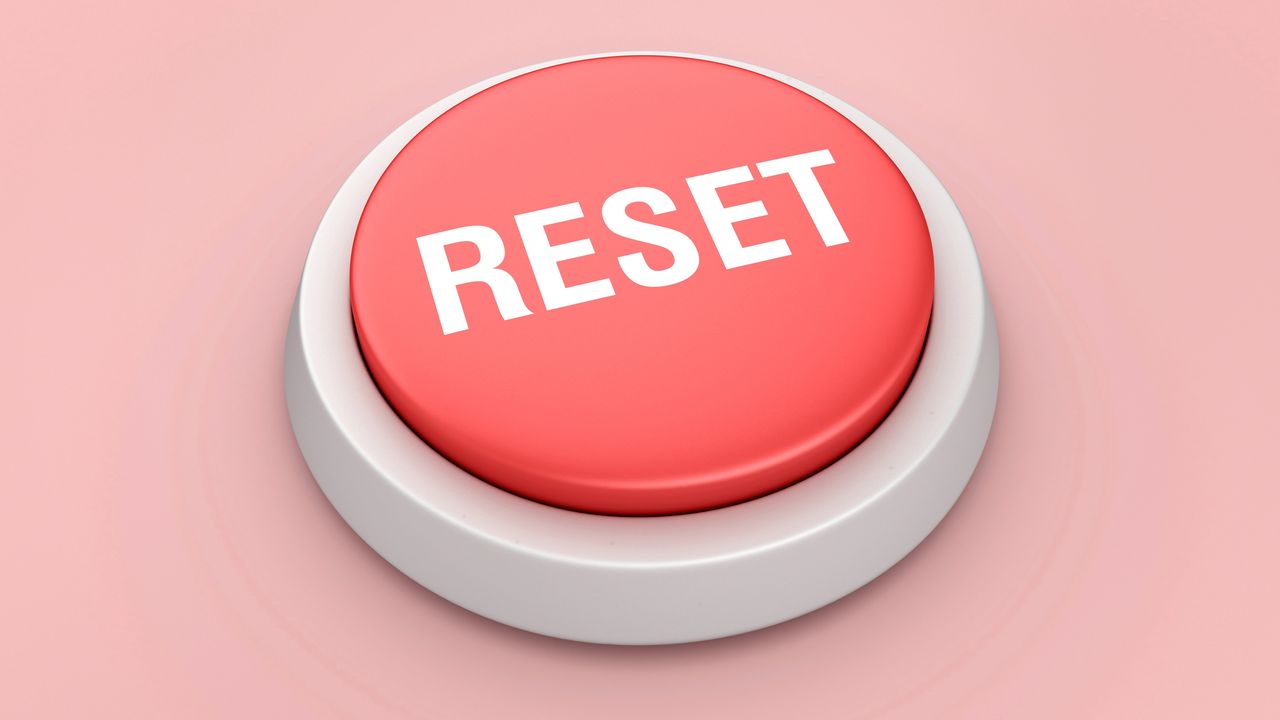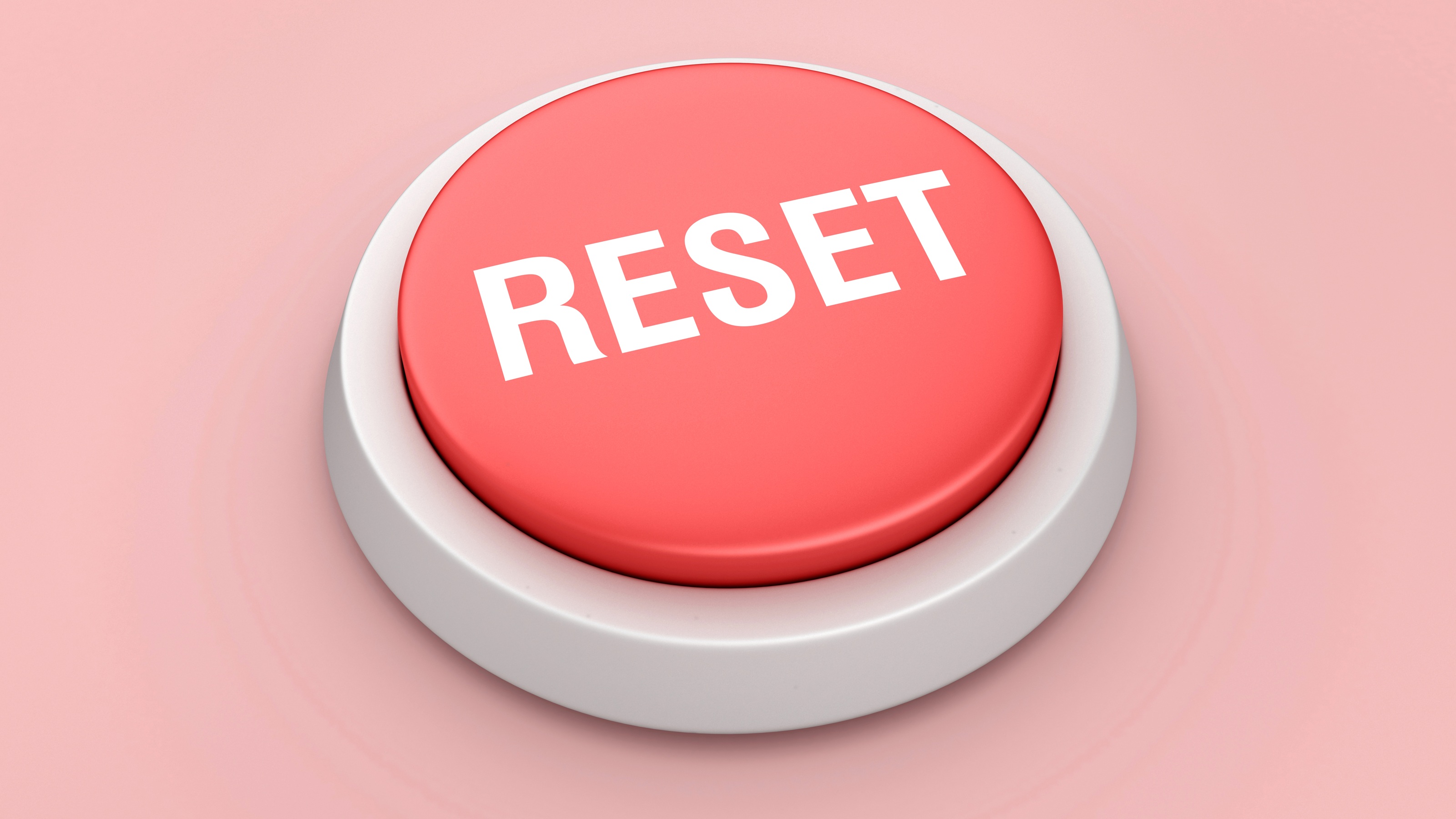
You’re smart. You work hard. But when it comes to money, things just feel … stuck.
Maybe it’s the unopened credit card statements, the vague anxiety that hits every time you check your bank app or the simple fact that no matter how much you try to budget, something always throws you off.
If you’re overwhelmed by your finances, you’re not alone — and you’re definitely not beyond help. Most of us were never taught how to manage money in a way that feels doable in real life.
Sign up for Kiplinger’s Free Newsletters
Profit and prosper with the best of expert advice on investing, taxes, retirement, personal finance and more – straight to your e-mail.
Profit and prosper with the best of expert advice – straight to your e-mail.
The Kiplinger Building Wealth program handpicks financial advisers and business owners from around the world to share retirement, estate planning and tax strategies to preserve and grow your wealth. These experts, who never pay for inclusion on the site, include professional wealth managers, fiduciary financial planners, CPAs and lawyers. Most of them have certifications including CFP®, ChFC®, IAR, AIF®, CDFA® and more, and their stellar records can be checked through the SEC or FINRA.
The good news? It’s never too late to learn. The first lesson is that money is emotional. It’s tangled up with fear, guilt and identity, which is why getting unstuck requires a reset.
Our seven-day financial reset comes with expert tips and strategies from individuals who have achieved financial success.
Let’s get started!
Day 1: Face the numbers
You can’t fix what you can’t see, and financial overload thrives in the dark. That’s why your first step is to bring your full financial picture into the light. This might feel uncomfortable at first, but stick with it.
Your actions today:
Log in to every financial account you have. Bank accounts, credit cards, student loans, car loans, retirement accounts, digital wallets — everything.
Write down the balances. You can use a spreadsheet, but we recommend pen and paper. Scientists agree that handwriting registers differently in the brain than using an electronic device.
List due dates and interest rates. This includes bills, credit cards and recurring payments. It will give you a clear picture of what’s coming.
Tally your income and essential monthly expenses. Focus on the basics (for now), such as rent or mortgage, utilities, groceries, transportation, insurance and other regular expenses.
This exercise is not meant to scare you. The goal is to assess your current financial situation and bring awareness.
As Jason Pack, chief revenue officer at Freedom Debt Relief, puts it: “Awareness is the first step to financial freedom. You can’t make smart decisions if you don’t know where your money’s going. Once you face the facts, you take back control, and that’s where real change begins.”
Day 2: Track your spending
Now that you know what you have, figure out where it’s going. Most of us think we know our spending habits, but unless you’re already tracking your spending, you might be in for a surprise.
Peter Čuček, owner at Tuuli, says, “People love to splurge on their pets, their homes and their loved ones, but when it comes to themselves, they hesitate. That’s when they start feeling overwhelmed and maybe a little bit guilty for spending on non-essential items.”
The brain is a master of selective memory, and it can downplay certain expenses and forget the impulse buys, leaving you with a rosier picture than reality.
Your actions today:
Review your transactions from the last 30 days. Look at debit cards, credit cards and any cash withdrawals. You can use any method that works: spreadsheet, notebook, budgeting app, even highlighters on a printout — it doesn’t matter, as long as it’s clear.
Next, categorize each expense as one of the following:
- Needs (groceries, rent, utilities)
- Wants (subscriptions, takeout meals, impulse buys)
- Leaks (stuff you forgot you bought or didn’t use)
Day 3: Create a system
“A good system turns chaos into clarity,” says Leon Huang, CEO of RapidDirect. “Whether it’s business or personal life, it’s not about working harder; instead, it’s about making sure your process works harder for you.”
In this case, you need a system that sends your money where it’s needed before it disappears into the abyss of convenience purchases.
Your actions today:
Set up a basic budget or spending plan. You can use the 50/30/20 rule or create your own rules.
Open a separate checking account for miscellaneous spending. This will be your guilt-free zone.
Automate what you can. Bills, savings, debt payments — if it’s regular and predictable, make it automatic.
These steps help you establish a system that reduces decision fatigue and sets up a financial routine to help you stay on track. This is how you shift from reactive to proactive.
Day 4: Declutter your financial life
Ever signed up for a free trial, then paid for it six months longer than you intended? You’re not alone.
The fact that we don’t use physical money that much (70% of people prefer card payments over cash) and the slippery slope of subscriptions to various online services can weigh heavily on your budget.
Looking for expert tips to grow and preserve your wealth? Sign up for Building Wealth, our free, twice-weekly newsletter.
The best thing you can do is trim the non-essential expenses. Think of it as deep cleaning for your wallet.
Your actions today:
Audit your subscriptions. Streaming services, apps, software, memberships — cancel anything you’re not actively using.
Review your accounts. Do you really need three checking accounts and two credit cards with annual fees? Consider consolidating.
Unsubscribe from marketing emails. Less temptation equals less spending. A clean inbox can protect your wallet.
Set up alerts. Many banks and budgeting apps let you set alerts for transactions, low balances, or large purchases.
Day 5: Journal
You’ve taken a few important steps to reset your accounts and spending habits. Now it’s time to take a breather, sip a hot cup of tea and think about the why behind your complicated relationship with money.
Use a journal or a notes app to track your thoughts and identify emotional patterns that influence your financial behavior, often without you noticing. Sometimes, just naming the pattern is enough to break the loop.
Additionally, being aware of your spending or avoidance triggers empowers you to take action proactively.
Your actions today:
Track your emotional spending patterns. When do you feel the urge to buy something? Boredom? Stress? Loneliness? Reward after a hard day?
Look for avoidance triggers. Do you avoid checking your balance when you’re anxious? Do you procrastinate on bills when life feels overwhelming?
Write down the patterns you’ve noticed.
Brainstorm one alternative action per trigger. It could be something as simple as taking a walk before a shopping spree or treating yourself to a small indulgence when you start to feel deprived.
Day 6: Set one short-term goal
Now that you’re grounded in your day-to-day finances, it’s time to look ahead and think about your financial goals. To gain some momentum and practice your determination, start with small, short-term goals.
This isn’t about saving for retirement (yet). It’s about proving to yourself that you can be in control of your finances.
“The most motivating goals are the ones just beyond your comfort zone — not too easy to dismiss, not too hard to give up,” says Anna Zhang, head of marketing at U7BUY. “Small wins with a bit of challenge build momentum, confidence, and the drive to keep going.”
Your actions today:
Choose a small, specific financial goal. Examples: Save $300 in an emergency fund, pay off one credit card, or set aside $100 for a guilt-free treat.
Break it down. What can you do this week? This month? Tiny wins stack up.
Name your “why.” Connect the goal to a personal reason to make it more meaningful.
Visualize the finish line. Track progress in a way that motivates you (a jar, a chart, a checklist, etc.).
Day 7: Reflect and reset
Congratulations! You made it! Seven days, seven real steps. Today is about reflecting on what was, what is and what it can be if you keep going down this path.
The founder and CEO of Your Doctors Online, Raihan Masroor, says: “When you feel lost or stuck, the most powerful place to look is inward. Reflecting on your actions, even small ones, often reveals the patterns, progress or pivots you’ve been missing.”
We fully agree with his statement and recommend turning self-reflection on matters of money and financial well-being into a monthly or quarterly habit.
Your actions today:
Review what you’ve learned. What surprised you? What felt good? What still feels hard?
Celebrate your progress. Acknowledge the effort you’ve invested in the last six days, and give yourself a pat on the back.
Write down what you’ll do next. Whether it’s building an emergency fund, tackling debt, or meeting with a financial advisor, commit to one next step.
Give yourself credit. You’ve faced something that felt overwhelming and persevering through it.
The bottom line
The main goal of this seven-day financial reset is to trigger a mindset shift. Its purpose is to shift the focus away from negative emotions (overwhelm, anxiety, feeling stuck) and help you feel more in control.
No, you won’t master your finances in a week. But you might break through the fog and start moving forward with clarity and intention.
Keep showing up. Keep doing the work. You don’t have to get it perfect — just keep going.

